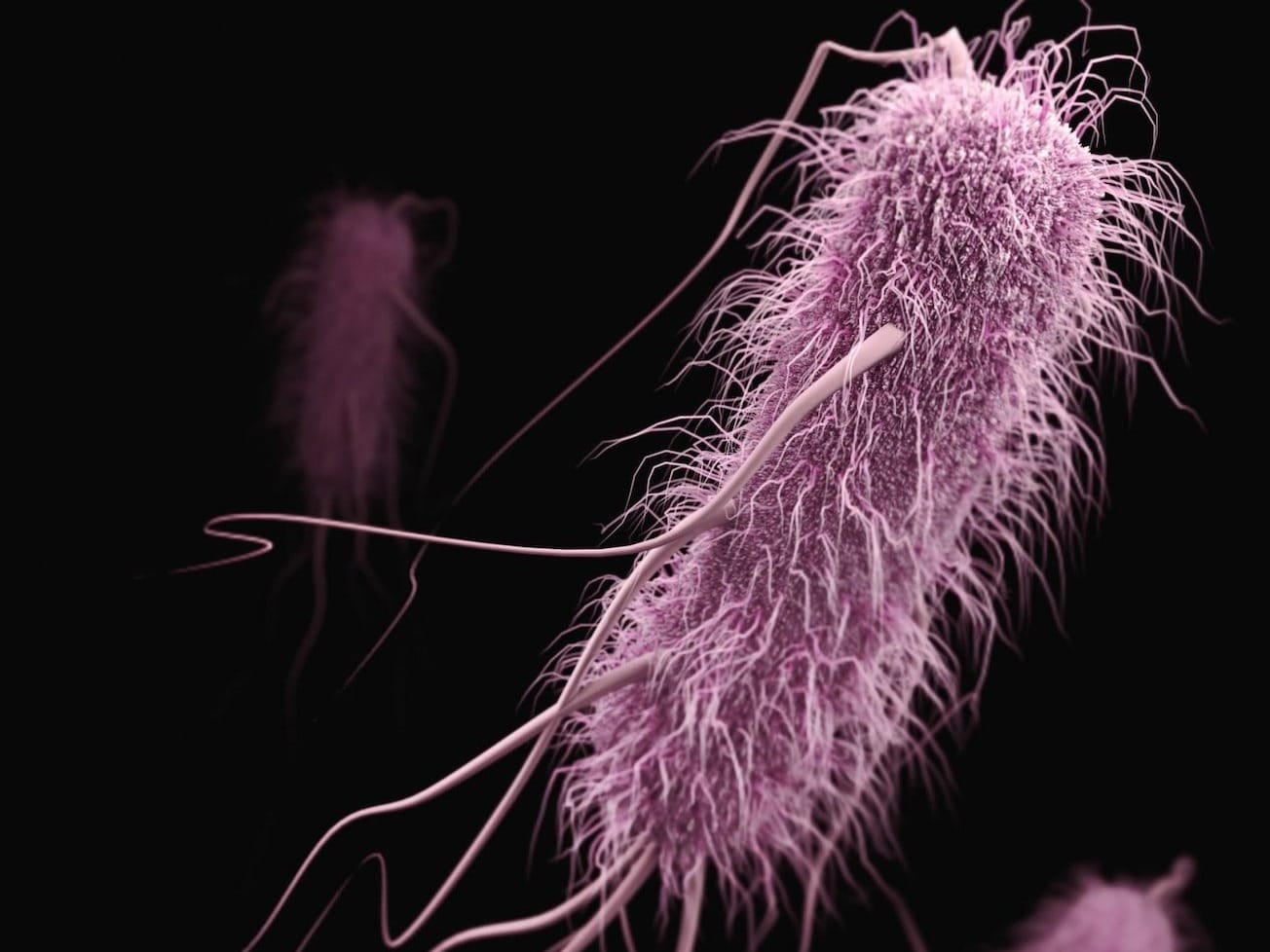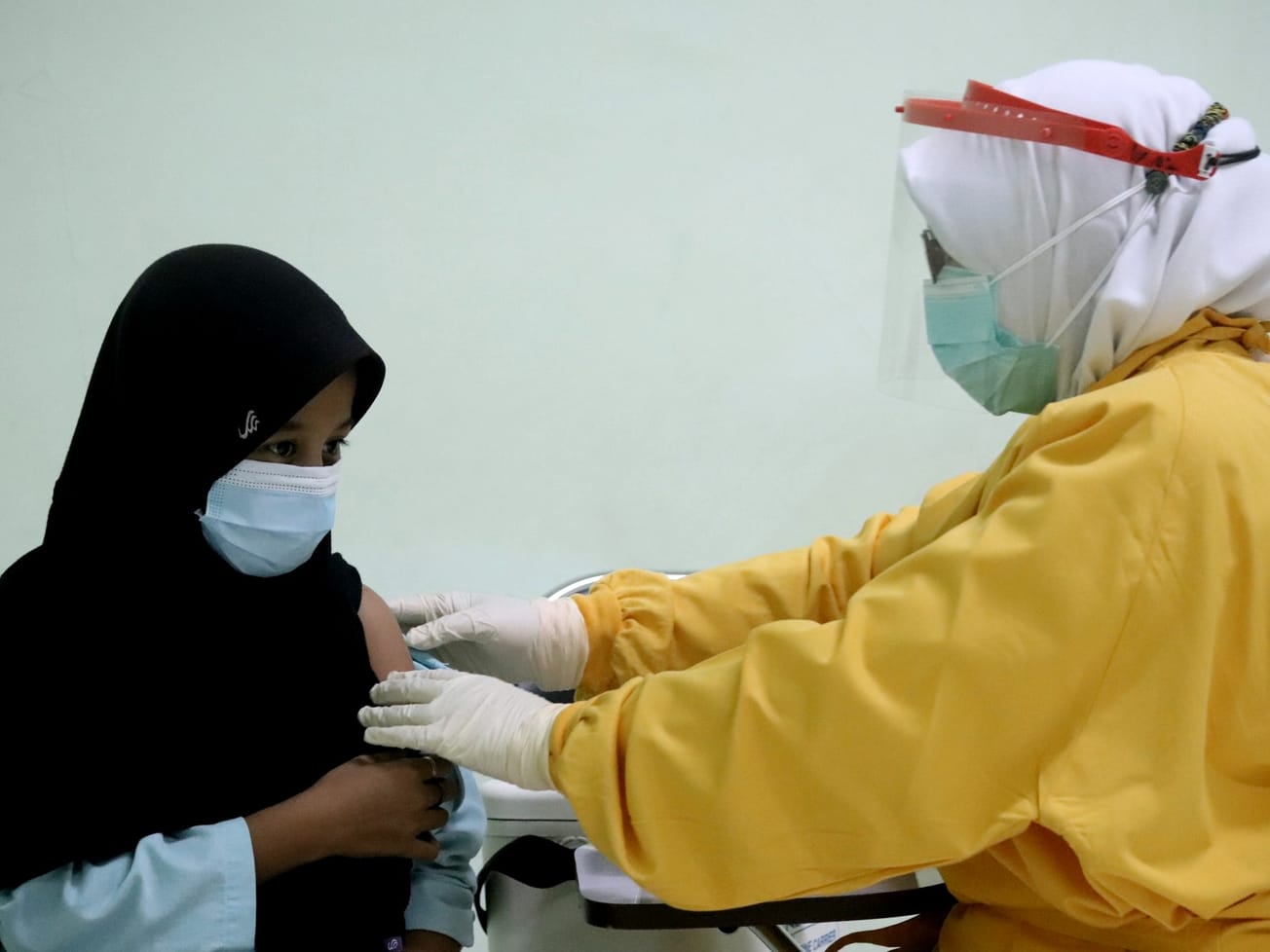Just as the world appears to be emerging from worst of the COVID-19 pandemic, the United Nations is warning of an impending health crisis that by mid-century could pose an even greater threat and kill as many people a year as cancer.
Nourished, developed and spread by pollution from farming, pharma and health care, superbugs – strains of bacteria that have become resistant to all known antibiotics – could cause as many as 10 million deaths each year by 2050.
Pollution and climate change feeding drug-resistant 'superbugs'
Strains of bacteria immune to all known antibiotics may become a major cause of death by mid-century.

Latest

Nations make 'history in Geneva' with landmark pandemic treaty deal
WHO members finally reach consensus on a draft pandemic agreement after 13 formal rounds of meetings since Dec. 2021.

Subscribe to Arete News and support our mission of creating shared facts
Deal: A one-year Arete News | Plus+ annual subscription with unrestricted digital access, normally $100, now for only $30.

AI promoted for research and innovation in Africa and Europe
An A.U.-E.U. workshop focused on how to use AI to enable the 'economic integration' and success of more techology startups.

U.N. health agency members closing in on a new pandemic agreement
Talks will reconvene next week to finish a proposed global accord for the World Health Assembly to take up in May.


